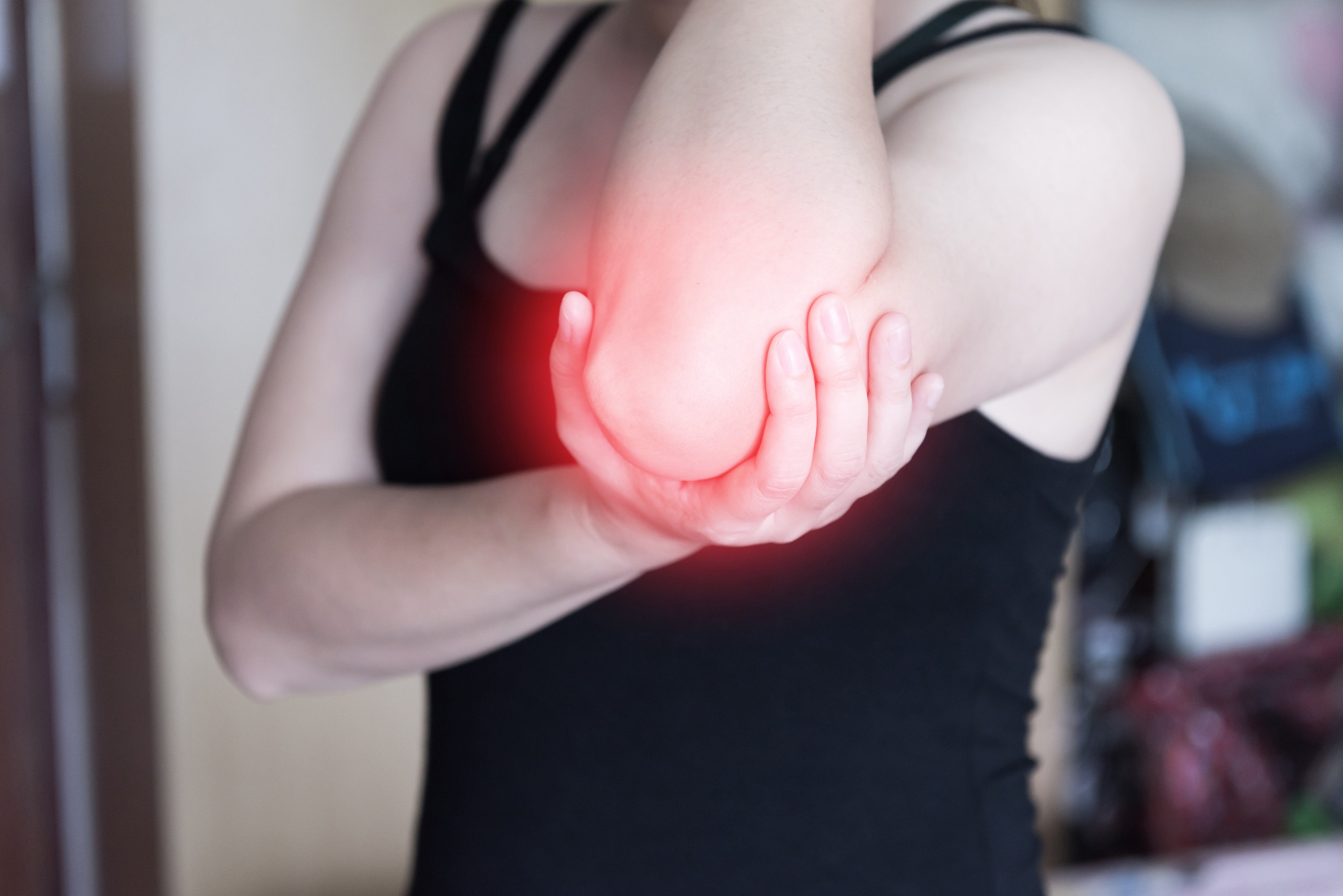TENNIS ELBOW – WHAT IS IT? AND HOW TO FIX IT
WHAT IS TENNIS ELBOW
This is a condition where the tendons that attach to the outside bony prominence of the elbow become painful, making it difficult to move the arm. The medical term is lateral epicondyalgia.
WHICH MUSCLES ARE INVOLVED?
There are a number of very small tendons that make up the common extensors attaching to the outside of the elbow, these include extensor carpi radialis brevis, extensor digitorum communis, extensor carpi ulnaris and extensor digiti minimi.
SIGNS AND TYPICAL SYMPTOMS OF TENNIS ELBOW INCLUDE:
- Pain when bending the wrist and fingers, especially the index and middle fingers.
- Pain when gripping an object.
- Tenderness over the outside bony area of the elbow.
CAUSES OF TENNIS ELBOW
Typically caused by overuse, underuse or excessive forces that weaken the tendon and result in some form of tendon breakdown.
SHOULD I SEEK TREATMENT
If the symptoms are mild they may resolve themselves over the course of 6 weeks. If symptoms are more severe it may be necessary to seek treatment earlier than 6 weeks.
TREATMENT
The key treatments for tennis elbow are:
- Load management
- Specific exercise programmes
It is very important to immediately reduce and control the load on the tendons, for example modifying your workstation and position of wrist on computer mouse pad, reduce repetitive movements or activities.
The next stage is to begin a progressive exercise programme to stimulate remodelling of the tendon and to address any muscle weaknesses and imbalances that are noted. The type and dosage of exercise prescribed will depend on the stage of healing of the tendon.
Additional treatments included are manual therapy, deep dry needling, ultrasound, strapping, taping and bracing.
See a physiotherapist if symptoms persist and they will guide on recommendations for assessment and treatment.




